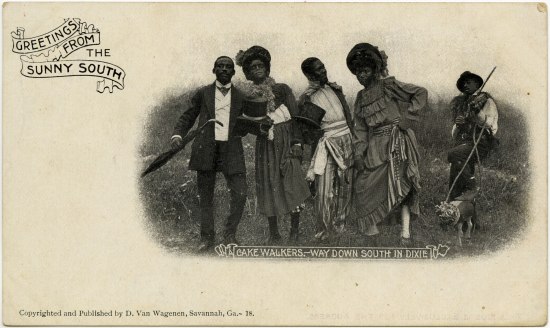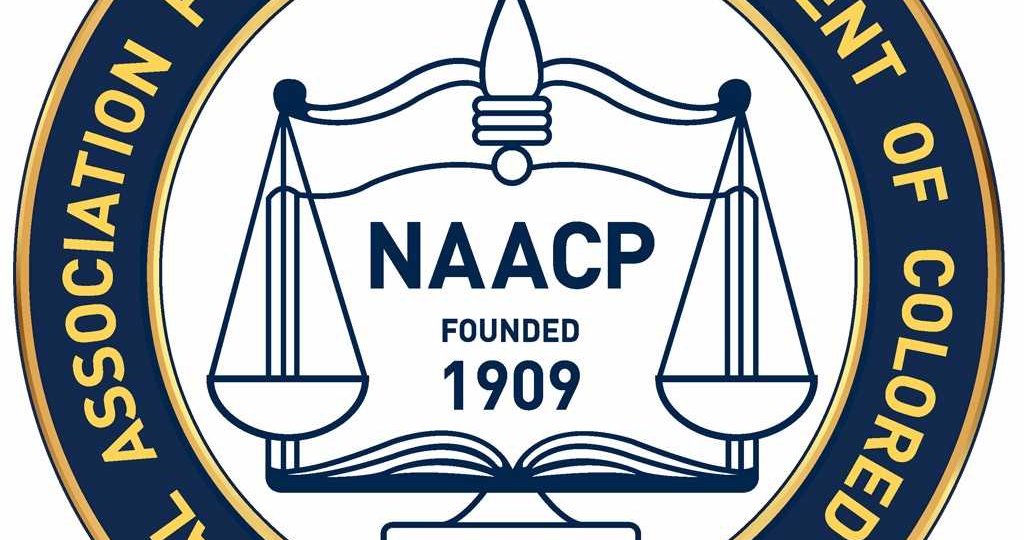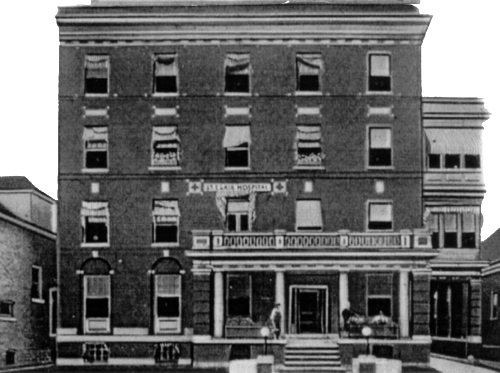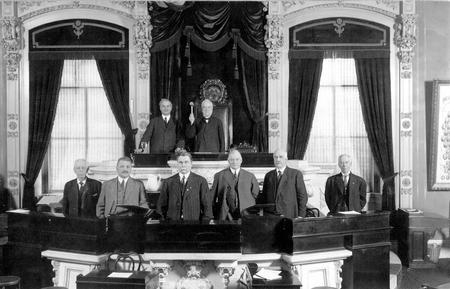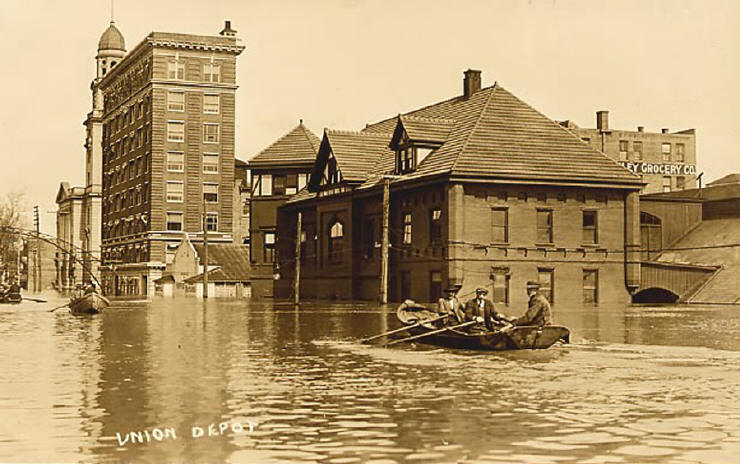Journalist Ralph Waldo Tyler will become editor of the newspaper Afro American and co-founder of The Free American. He is an advocate for racial justice in Columbus and nationwide. As a journalist he will come in contact with and influence many others in his mission.
FeaturedCATCO.Admin
Originating in plantation slave quarters as a mockery of the way aristocratic southerners carried themselves, the dance formalizes and becomes a regular feature at parties and minstrel shows. Its popularity in Columbus is matched by its absurdity. One interviewee says of the phenomenon: “…cakewalking isn’t what it used to be…white folks have taken it up now…when white folks try to imitate the negro, they are a sorry failure …” (Columbus Evening Dispatch)
Though it is built for Charles H. Lindenberg, president of the Lilley Regalia Company, by 1920 it is destined to become the home of ten governors of Ohio
Established by a biracial group of activists and intellectuals in response to a series of racially motivated attacks in Springfield, IL, the year before, The National Association for the Advancement of Colored People will take both a social and legal approach to race problems in America.
Governor Jud Harmon summons 2000 Ohio National Guardsmen to put down the Streetcar Strike.
First Issue of “The Crisis,” a literary magazine first edited by W.E.B. Du Bois, was published.
St. Clair as a hospital that serves mostly railroad workers. It later becomes the St. Clair Hotel and is noted for its use by African American entertainers who play in Columbus, but are denied white hotel lodging. By 2018, it will be converted into luxury apartments.
The first day of the Ohio Constitutional Convention takes place. Despite having claimed dozens of progressive ideals in the last century, this convention will introduce and defeat bills to remove the word “white” from the state constitution, abolish the death penalty and grant women the right to vote.
The book outlines many tenets the New Negro movement will take on.
March 23-26: The Great Flood of 1913 develops into the worst natural disaster in Ohio and Indiana history. While historians tend to focus on devastation primarily in Dayton and Indianapolis, the entire city of Columbus is submerged as well.



